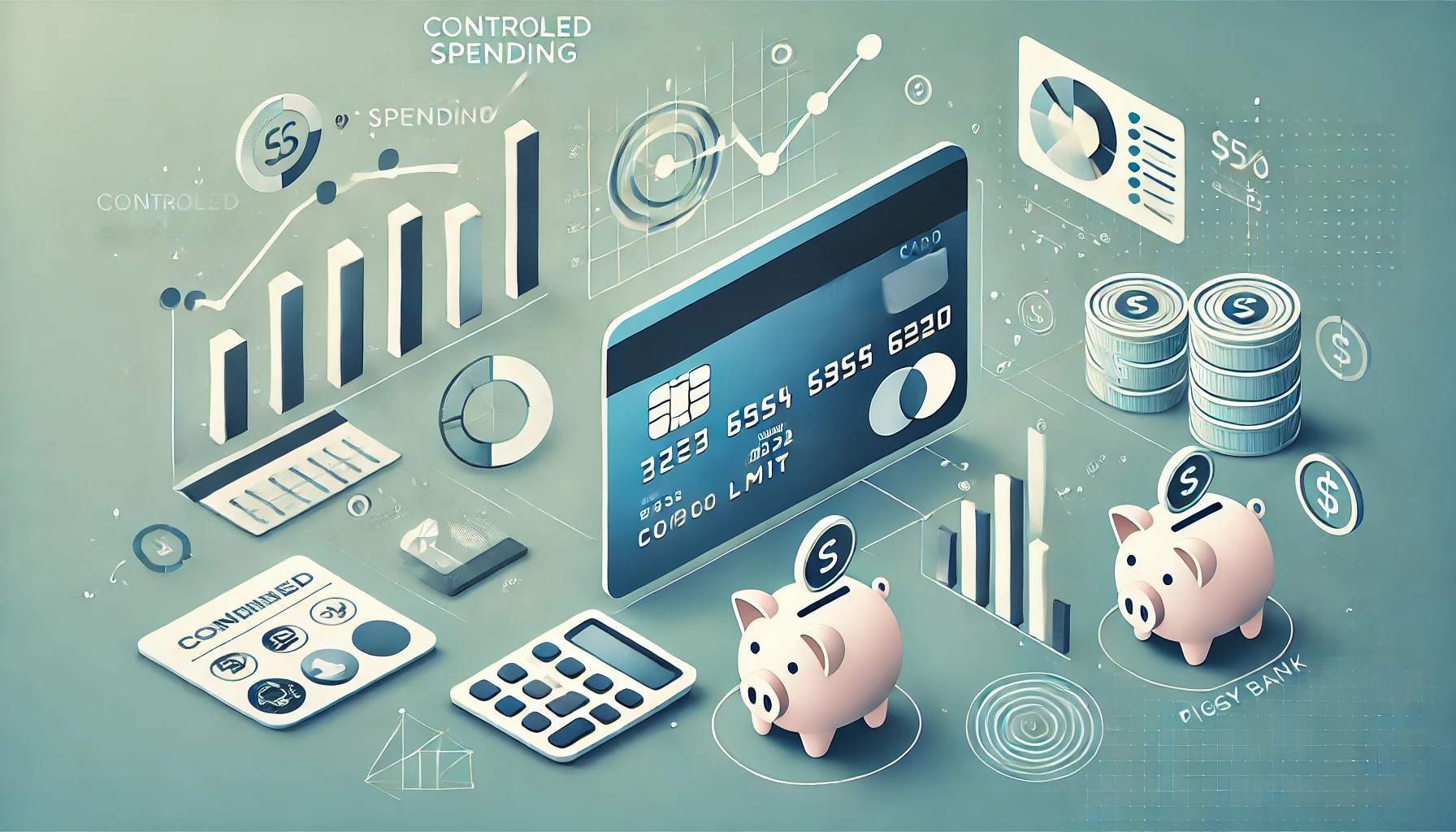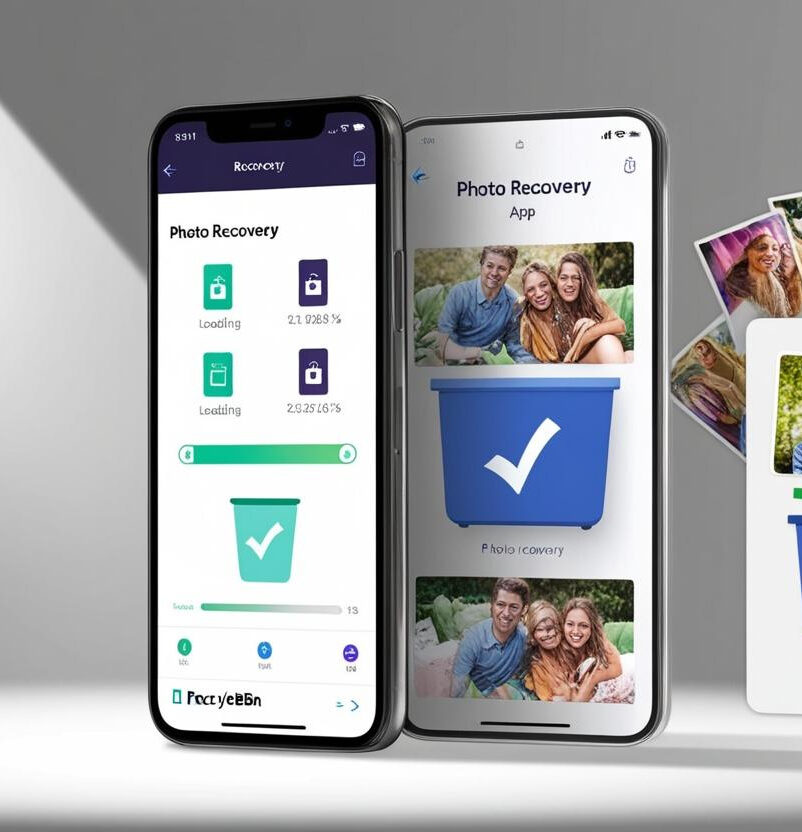Anúncios
This article shows how prepaid cards can transform the way you manage everyday spending. By focusing on universal concepts, we’ll reveal strategies to maximize benefits and minimize hassles.
Prepare to learn about how prepaid card systems function, why they might suit diverse financial needs, and which advantages or drawbacks shape their usefulness. This guide will empower you with essential knowledge, global statistics, and best practices to optimize spending control.
1) How Prepaid Cards Work: The Basic Framework
Prepaid cards are special payment instruments that allow you to load funds in advance and then spend only up to the amount deposited. Unlike a traditional credit card that offers a line of credit or a debit card linked to your checking account, prepaid cards operate on a simple principle: you cannot spend more than what you have previously loaded. This system provides an extra layer of budgeting control since every purchase directly deducts from your card’s remaining balance.
One core advantage is that these cards are generally easy to obtain, often without a thorough credit check. They can be acquired from diverse sources, including online platforms, supermarkets, and financial-service kiosks. In most cases, you submit basic identification details, load a certain amount, and receive a physical or virtual card with a unique card number, expiration date, and security code. Physical cards usually come with EMV chip or magnetic stripe technology to facilitate purchases in many global points of sale.
From a global perspective, prepaid cards are widely used by travelers, parents wanting to control a child’s allowance, or individuals seeking to contain their impulse spending. They help circumvent overspending because the possibility of exceeding one’s funds is extremely limited: once the loaded balance is depleted, the card simply declines further transactions unless you reload it with additional cash or a digital top-up.
Some people also utilize these products to separate day-to-day bills from discretionary spending. You could, for instance, have one card for grocery and household expenses, another for leisure or personal shopping, ensuring each category remains within budget.
Furthermore, certain prepaid issuers cater to global usage. They might let you load money in different currencies, or implement minimal foreign transaction fees for cross-border expenses. Thus, for travelers wanting an alternative to credit or debit cards, a prepaid solution can minimize currency exchange confusion.
This is especially helpful if you prefer not to risk your main checking account when traveling or cannot obtain a conventional credit card due to limited credit history. Keep in mind, however, that acceptance can vary. Some merchants or online stores reject prepaid cards because of potential issues verifying available funds.
Anúncios
Quick Tip:
Monitor Balance Regularly: Always keep track of your prepaid card balance via the issuer’s app or website. If you travel abroad or rely on it for essential bills, an unexpected zero balance can disrupt your plans.
2) Key Advantages: Why Prepaid Cards Appeal to Various Users

A central reason for the global popularity of prepaid cards lies in the sense of security and spending discipline they foster. Because you load money beforehand, it’s impossible to accumulate large debt: the only funds at risk are those pre-deposited. This dynamic benefits anyone seeking to curb impulsive purchases. You can frame it like a digital envelope system: allocate funds to specific purposes (travel, gifts, entertainment), and once those funds run out, further spending halts automatically unless you consciously reload.
Financial control is another compelling advantage. People who have recently faced challenges with credit card overdrafts, missed payments, or unplanned fees enjoy the structure that a prepaid card imposes. It is an effective way to self-impose a spending cap. Parents, for example, might issue a teen a prepaid card to teach them about money management. The teen experiences the independence of a payment card while the parent ensures their child cannot exceed the loaded limit. In certain regions, this approach has proven effective in preventing young adults from amassing debt.
Moreover, many prepaid card providers have begun enhancing their offerings with loyalty rewards or cash-back features. Although not as robust as premium credit cards, it’s still possible to earn small percentages on each transaction or receive a discount when refilling specific merchants. Some programs even partner with rideshare or delivery services, letting you earn points or get rebates. While you often have to pay a small monthly fee or a loading fee, those costs might be offset by the card’s benefits if you use it strategically.
Consider also the privacy aspect. For individuals worried about linking every purchase to their main bank account or revealing their credit line, prepaid cards offer a layer of separation. If hacking or fraud occurs, the worst-case scenario typically involves losing the balance on the card, which might be relatively small. This advantage appeals to consumers who frequently shop online or want to keep their primary account shielded from potential cyber threats.
Finally, for global travel scenarios, some prepaid cards permit loading in multiple currencies. By doing so during favorable exchange rates, you lock in the conversion and avoid fluctuations that might occur later. Additionally, if you run out, you can top up the card via an app, bridging the gap between a secure budgeting method and a flexible travel companion. All these reasons culminate in a solution that stands out to many who prefer controlling their spending and limiting potential financial damage.
Quick Tip:
Check for Recurrent Fees: Some cards charge a monthly maintenance fee or an inactivity fee. Factor that in when selecting your issuer, ensuring it doesn’t negate your potential savings.
3) Potential Drawbacks: Limitations and Downsides
Though prepaid cards can be quite helpful, they’re not without flaws. One of the most common complaints revolves around fees. While certain issuers allow free top-ups or minimal monthly costs, others embed charges at multiple steps: from the initial purchase of the card, to each reload, to possibly monthly or annual membership fees.
Some even impose a transaction fee every time you use it in-store. Without carefully reading the terms, you may find that these small charges quietly eat away at your balance.
Another disadvantage is that prepaid cards seldom provide the same perks as credit cards. For instance, many lack travel insurance, extended warranty on purchases, or robust cash-back percentages. They also typically do not help you build or improve your credit score, because they involve no lending; you’re effectively spending your own money that was preloaded. So if your aim is to raise a low credit score, you might glean little benefit from a prepaid solution. In that sense, it’s more akin to a “controlled debit” system than a credit-building mechanism.
Also, acceptance can be an issue. While major networks (Visa, Mastercard, etc.) are recognized worldwide, certain online merchants or subscription services might reject prepaid cards because they cannot verify recurring billing potential or conduct credit checks.
This can hamper you if you want, for example, to sign up for a subscription-based streaming platform or another service that demands a standard credit line. The same applies in some travel reservations or car rental scenarios, where companies prefer a credit card with a deposit hold. Prepaid models do not always meet that requirement, leading to potential inconveniences on your trip.
In addition, currency exchange can catch you off-guard if the card does not offer multi-currency features or has high foreign transaction fees. Some prepaid issuers claim zero fees but then apply an unfavorable exchange rate behind the scenes.
Be cautious about “dynamic currency conversion” at the point of sale, as well. You want to ensure you pay in the local currency; if the merchant forcibly converts to your home currency, you might face an extra markup.
Finally, fraud protection is typically weaker on prepaid cards compared to robust credit card security. Many cards do come with some level of dispute resolution, but the consumer protections might not be as strong. If a fraudulent charge empties your entire loaded balance, it may prove tricky to recover funds swiftly. Some issuers do have a zero-liability policy, but the processes for investigation and reimbursement can take longer or have stricter conditions. For those who want maximum safety net, a credit card or certain premium debit cards might offer better protective features.
Quick Tip:
Avoid Overloading: Resist the urge to place very large balances on a prepaid card if you do not need them soon. Keeping moderate amounts can limit the impact of potential fees or fraud incidents.
4) Graphical Comparison
Below is a concise chart contrasting key attributes of four different types of prepaid cards:
| Attribute | Basic Pay-As-You-Go Card | Rewards-Focused Prepaid | Multi-Currency Travel Prepaid | Premium Prepaid Card |
|---|---|---|---|---|
| Main Advantage | Minimal monthly fees or none | Earn small cash-back or points | Load multiple currencies, reduce FX fees | Offers lounge passes, higher daily limits |
| Key Drawback | Higher top-up or withdrawal fees | Usually charges annual or monthly fees | May impose less favorable rates if not used often | Could have steep opening or upgrade fees |
| Typical Usage | Day-to-day budgeting and limited expenses | Routine shoppers wanting modest rewards | International travelers seeking currency flexibility | Frequent travelers wanting more perks |
| Example Use Case | Parent giving allowance to teenager | Frequent grocery or online shopper | Frequent flyer who needs multiple currencies | Premium-tier user wanting VIP-like add-ons |
5) Real-Life Testimonies from Colombia, Mexico, and Canada
Camila from Colombia
“In Colombia, the banking scene has grown more dynamic, and prepaid cards are one example of that evolution. I first got one because I was tired of unpredictable fees on my regular debit card whenever I made online purchases in different currencies. With the prepaid option, I deposit a set amount in pesos, the card instantly converts if needed, and I see the balance in real time. It helped me limit impulse buys, too.
Recently, I traveled to some neighboring countries in Latin America, and I found the acceptance quite decent. One challenge came when I tried renting a car— the company insisted on a traditional credit card. But for everyday spending, especially groceries or souvenirs, the prepaid route sufficed. I also appreciated being able to ‘freeze’ the card within the app if I feared it might be compromised. Overall, it’s a solution that’s given me more peace of mind and forced me to stay within budget.”
Rodrigo from Mexico
“I used to rely solely on a credit card for nearly all my shopping, but the interest rates in Mexico can be steep if you ever miss a statement payment. Then I discovered a prepaid card from a local fintech that let me set spending categories: one load for entertainment, another for dining out. The best part is that I no longer have to worry about overspending and hitting my credit limit. If the entertainment category is empty, that means I’m done for the month—plain and simple.
Another plus is that the app sends me push notifications for every transaction, so I see how quickly small purchases add up. It’s forced me to confront my own habits. The one downside is the top-up fee if I deposit funds more than three times a month, so I’ve learned to plan my reloads. All in all, it’s changed how I approach finances, giving me a sense of discipline I lacked before.”
Charlotte from Canada
“In Canada, credit cards are widely accepted and come with loyalty programs people adore. But that convenience can become a trap if you don’t manage deadlines or overspend. I decided to supplement my usual credit card with a prepaid card to segment my daily expenses. Now, I load an exact monthly allowance for groceries, dining, and small pleasures. It’s surprising how much clarity I gained from seeing exactly how fast the balance depletes if I’m not careful.
Another advantage is traveling to the U.S.: my issuer offers a multi-currency function. I can hold Canadian dollars and U.S. dollars, switching balance as needed. That helped me avoid subpar exchange rates at random shops. The main drawback I’ve faced is not accumulating robust credit card points or travel perks, which some Canadian premium cards provide. But for my everyday discipline, this approach is perfect. I’d advise anyone seeking better budget control to give a prepaid system a try.”
6) Important Statistics About Prepaid Cards
One cannot overlook the rising importance of prepaid cards in modern finance. Although specific local regulations or numbers may vary, here are some global insights:
• Market Growth: Recent global data shows the prepaid card sector has grown by approximately 15% year-over-year, indicating expanding acceptance.
• User Demographics: Analysts estimate that around 40% of prepaid card users are under 35, highlighting a youthful adoption.
• Fee Awareness: According to a worldwide survey, almost 60% of new prepaid card users initially overlook monthly fees or transaction charges. Education and clarity from issuers can help.
• Security Measures: About 70% of major prepaid card providers have implemented some kind of app-based freeze/unfreeze function, aligning with modern security demands.
• Travel and Cross-Border Spending: Over 25% of travelers rely on at least one prepaid solution during trips to mitigate risk and overspending. The figure is even higher among frequent leisure travelers.
These statistics underline the considerable adoption and the challenges of ensuring that new or potential users fully understand how prepaid systems operate. As the market expands, many people gravitate toward this credit alternative for the sense of control it offers, yet thorough research remains crucial to ensure a beneficial user experience.
Quick Tip:
Read the Fine Print on Fees: Terms like “monthly maintenance,” “load fee,” “ATM withdrawal fee,” “inactivity fee,” or “replacement fee” can significantly affect your budget. Always confirm the exact cost structure.
Frequently Asked Questions (FAQs)
1) Is a prepaid card better than a regular credit card for online shopping?
That depends on your goals. If you want to avoid overspending and keep the budget tight, prepaid cards excel. They also pose less risk of racking up large debts. However, many credit cards offer rewards, purchase protections, or even extended warranties that prepaid solutions lack. Additionally, some online vendors or subscription services may reject prepaid cards. Weigh the pros (no risk of big debt, controlled spending) against the cons (limited benefits, potential acceptance issues) to decide.
2) Can I build my credit history using a prepaid card?
Typically, no. Prepaid cards do not report to credit bureaus since you’re not borrowing funds. It’s essentially your own money on the card. If improving your credit score is a primary objective, consider alternatives like a secured credit card, where you place a deposit but still have a line of credit. That arrangement can help you build positive payment history if used responsibly.
3) Do prepaid cards allow recurring billing or monthly subscriptions?
Some can handle recurring payments, but acceptance depends on each service provider. Streaming platforms, for example, may see a prepaid product as less reliable for monthly billing. Always check with the subscription platform’s policies. If recurring billing is essential, you might want to keep a small buffer on the card or opt for a more traditional debit or credit line. If the merchant frequently tries to authorize charges and finds insufficient balance, your service could be canceled prematurely.
4) What happens if my prepaid card is lost or stolen?
You should contact the issuer immediately to block or freeze the card through the app or hotline. Most reputable issuers have some level of zero liability policy for unauthorized charges, but the process of reclaiming lost funds may require an investigation. Keep in mind that any loaded balance might be at risk if not promptly reported. Some issuers can issue a replacement card, though fees often apply, so confirm these details before finalizing your choice.
Related Topics
• Prepaid Reloading Options
• Spending Limits and Alerts
• Budgeting Apps and Integration
• Zero-Fee Digital Banking
• Comparing Debit vs. Prepaid vs. Credit



